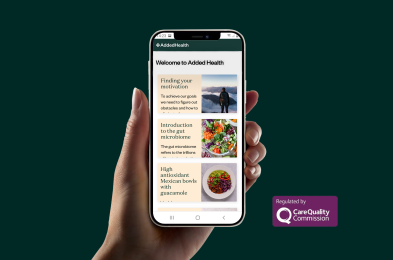The geko™ device
Real-world clinical data, generated by the Royal Stoke University Hospital NHS Trust, reviewed 1000 hyper-acute stroke patients to assess their contraindication or intolerance to IPC (intermittent pneumatic compression) for post-stroke blood clot prevention. The data showed 29.5% of patients were contraindicated or unable to tolerate IPC. These patients were prescribed the geko™ device as an alternative anti-stasis (blood clot prevention) intervention. The data shows that, of the 463 patients treated with IPC, 11 patients (2.4%) suffered a VTE event. Of the 203 patients treated with geko™ device (to serve the unmet need) there was no incidence of VTE reported.
About
NICE guidance (NG89) states that the primary intervention to prevent venous stasis in immobile stroke patients is Intermittent Pneumatic compression (IPC). The use of anti-coagulant drug is not recommended by NICE in hyper-acute stroke patients. Hyper-acute stroke patients contraindicated or intolerant to IPC are in need of an alternative intervention to prevent venous stasis. This is especially critical given that they would have no other VTE prevention available to them other than standard measures of hydration and aspirin. NICE guidance MTG19 recommends the use of the geko™ device in this circumstance.The VTE risk associated with an immobile acute stroke patient is significant and the need to position an alternative to IPC is very real. The baseline VTE incident risk of this unmet need reported in the CLOTS3 study (no IPC, plus standard measures) is 8.7%
Sky Medical Technology Ltd, parent company of Firstkind Ltd, in partnership with the Royal Stoke University Hospital, has proven through a prospective real-world clinical audit that 29.5% of patients are contraindicated or become intolerant to IPC, revealing a significant unmet need. The audit measured VTE events at 90 days post-stroke and reported the VTE rate associated with IPC was 11 patients, compared to zero incidence of VTE in patients prescribed the geko™ device. The geko™, a neuromuscular electrostimulation device, gently stimulates the common peroneal nerve activating the calf and foot muscle pumps, resulting in increased blood flow in the deep veins of the calf. See www.gekodevices.com

